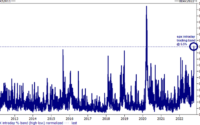ISM Manufacturing Unexpectedly Slumps To Lowest In 18 Months, Prices Paid Spikes
After Markit’s preliminary Manufacturing PMI surprised to the upside, analysts expected ISM Manufacturing in March to rise modestly also… but it didn’t…
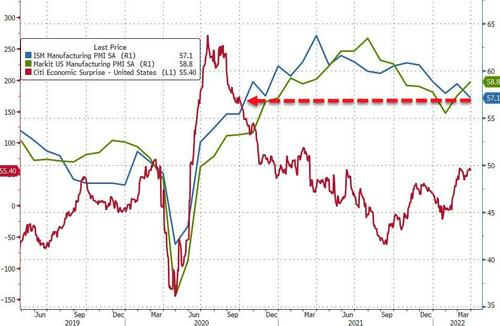
Source: Bloomberg
That is the lowest print for ISM Manufacturing since Sept 2020 with new orders tumbling and prices paid spiking…
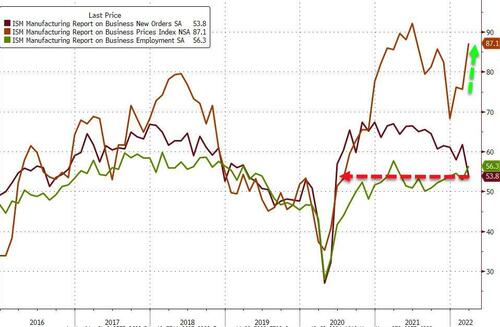
Source: Bloomberg
Breaking down the drivers, new orders and production dominate. The group’s index of prices paid by producers jumped 11.5 points, the largest monthly advance since the end of 2020, to 87.1. The outsized increase points to worsening price pressures after Russia’s invasion of Ukraine further drove up the prices of petroleum and metals.
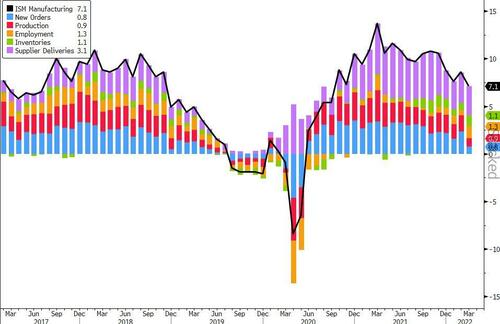
Source: Bloomberg
ISM’s new orders measure slid nearly 8 points in March to 53.8, and the factory output gauge dropped 4 points to 54.5. The indexes — now both at their lowest levels since May 2020 — signal some softening in demand amid mounting price pressures and increased uncertainty.
Only Steel is lower in price…
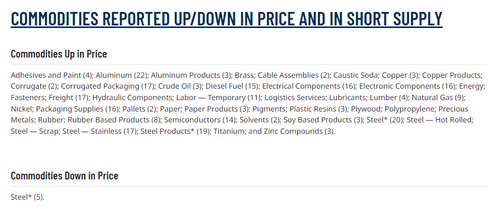
One ISM respondent’s comment stood out:
“The supply situation is getting worse, with lead times extending over 12 months, material not available, and suppliers not quoting or taking orders. Prices on the rise daily.”
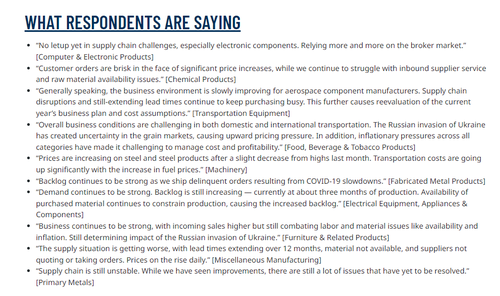
Chris Williamson, Chief Business Economist at S&P Global, said of the Manufacturing PMI:
“US manufacturing growth accelerated in March as strong demand and improving prospects countered the headwinds of soaring cost pressures and the Russia-Ukraine war.
“Order book growth has picked up as customers look to the further reopening of the domestic and global economies amid signs that the disruptions from the pandemic continue to fade.
“While companies continued to report widespread production constraints due to supply chain bottlenecks, the incidence of such delays is now lower than at any time since January 2021. Jobs growth has also improved as fewer companies reported labor shortages.
“Similarly, although price pressures remain elevated, with surging energy costs pushing firms’ costs higher at an increased rate in March, rates of inflation of both input costs and average selling prices have fallen from the record highs seen late last year to hint that consumer price inflation could likewise soon peak.
“It was especially encouraging to see business optimism about the year ahead improve further in March, despite the new uncertainties, sanctions and geopolitical risks caused by the Ukraine invasion, with optimism among producers now the brightest since late-2020.”
With unemployment rates tumbling, business surveys rising and earnings growth soaring, does The Fed have any excuises but to start hiking 50bps at a clip?
[ad_2]
Source link


